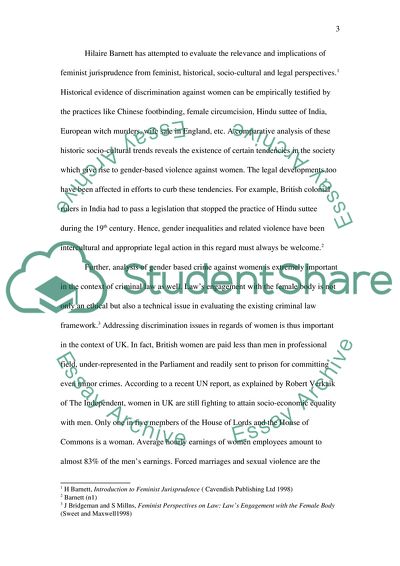Cite this document
(“To date human rights law has contributed little in terms of gender and Essay”, n.d.)
To date human rights law has contributed little in terms of gender and Essay. Retrieved from https://studentshare.org/miscellaneous/1577103-to-date-human-rights-law-has-contributed-little-in-terms-of-gender-and-sexuality-related-rights-discuss
To date human rights law has contributed little in terms of gender and Essay. Retrieved from https://studentshare.org/miscellaneous/1577103-to-date-human-rights-law-has-contributed-little-in-terms-of-gender-and-sexuality-related-rights-discuss
(To Date Human Rights Law Has Contributed Little in Terms of Gender and Essay)
To Date Human Rights Law Has Contributed Little in Terms of Gender and Essay. https://studentshare.org/miscellaneous/1577103-to-date-human-rights-law-has-contributed-little-in-terms-of-gender-and-sexuality-related-rights-discuss.
To Date Human Rights Law Has Contributed Little in Terms of Gender and Essay. https://studentshare.org/miscellaneous/1577103-to-date-human-rights-law-has-contributed-little-in-terms-of-gender-and-sexuality-related-rights-discuss.
“To Date Human Rights Law Has Contributed Little in Terms of Gender and Essay”, n.d. https://studentshare.org/miscellaneous/1577103-to-date-human-rights-law-has-contributed-little-in-terms-of-gender-and-sexuality-related-rights-discuss.


